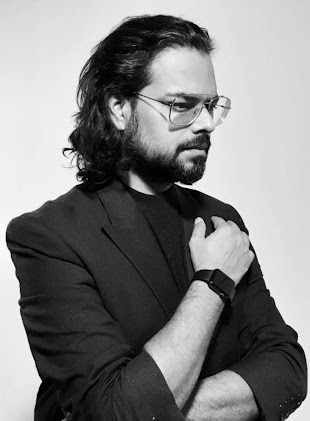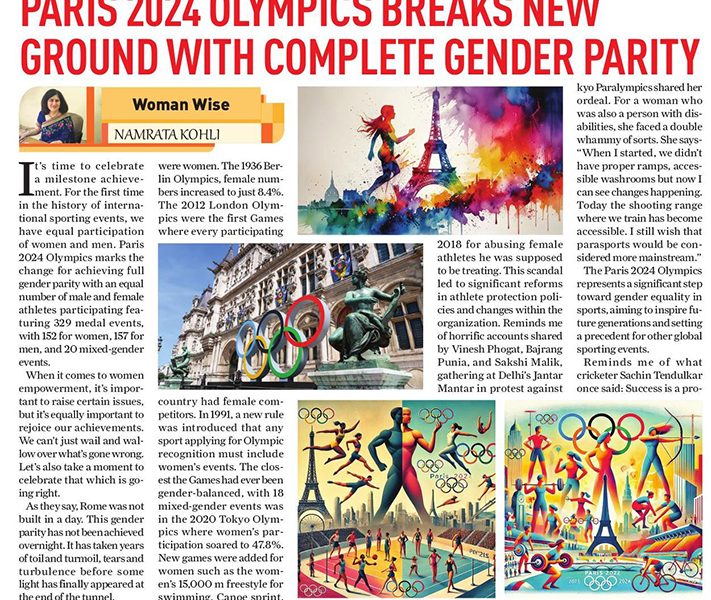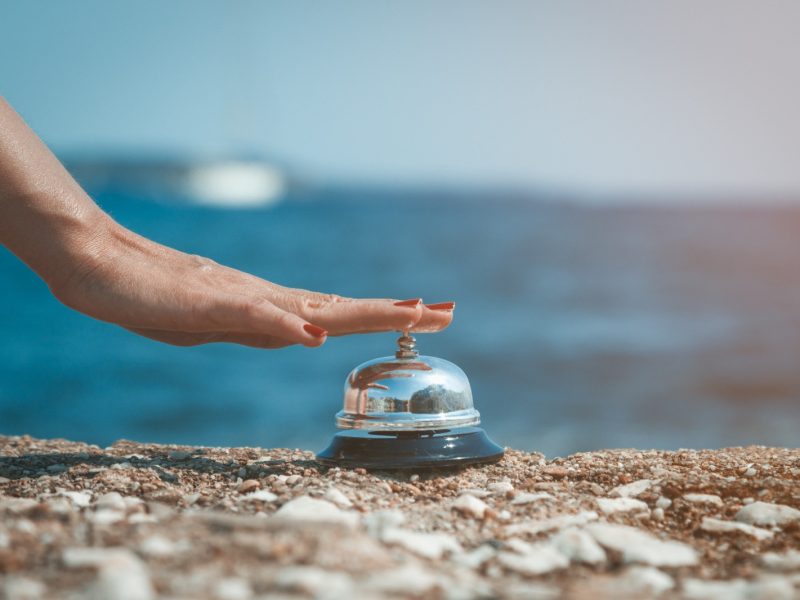“Bespoke is something created just for you,” says Indian couturier Rahul Mishra who recently collaborated with Singapore Tourism Board for a wedding collection. Mishra is the first Indian fashion designer to be invited to showcase at the Haute Couture Week in Paris and win International Woolmark Prize in 2014 at Milan Fashion Week.
How is bespoke tailoring different from regular one? What are the distinguishing features in terms of the outcome or the end product that a customer can expect?
Bespoke is nothing else but something that’s just created for you. For example, when you buy fast fashion, millions of clothes are created of same kind. The artisans don’t work on that garment, rather it’s the operators who work on it and most of the systems in readymade garments are automated and machines are making it. Like machines create a cup, machines create a collar, and multiple operators are typically working on those machines. On other hand, when you think of bespoke, it’s one particular fabric which is taken for you, dyed for you, and hand embroidered as per your requirements. It is the way you want it. And at the same time, it will have its own inherent variations. No two pieces will be the same. It’s almost like when you’re signing on a piece of paper, nobody in the world can ever match their same signature again.
What is it about buying from a fashion designer versus a premium Darzi?
A designer comes up with a design which is often, completely a new idea. It’s almost like, when you think about buying a painting from Raza or buying a buying a painting from Hussain versus when you are just taking some replicas because, if you’re not a designer, you’re not creating anything which is unique, which is new. What a fashion designer creates are not replicas. These are original pieces which are created by the hundreds of people who come together to create one single garment.
When should a person engage a designer? Normally weddings are the time when people are willing to spend time, effort, energy on building a unique collection. What is your advice to people on how to choose a fashion designer for their wedding?
You should invest into something which is unique yet classic. It should last a really long time. I have recently created a wedding dress for a Dutch bride who was getting married to an Indian boy and she wanted a lehenga. And then there was a Japanese bride, for whom I made a gown, and both are getting their dresses framed. They were very clear that what they’re investing into today is going to worth a lot more into the future, much like the cost goes up of land which goes up by 20-25% every year. So, what I’m creating today, after ten years, I will not be able to produce the same thing at the same price.
You recently collaborated with Singapore Tourism Board for a wedding collection. In India, a wedding is a big milestone for couples-to-be, and from the location down to the attire, everything needs to be extra special. Please tell us more about your recent collab with STB.
When you think of Singapore, Japanese feel it’s more like a fish city and the Chinese feel it’s a lion city. And in its older side of the city, you have a place of beautiful colonial buildings with fresco kind of work in vivid colours which have got a close reminiscence to the Indian flowers. All the aquatic elements in the garment have been inspired by the fish. The silhouettes are fragile yet at the same time very strong; it is almost like, Merlion, where mermaid meets lion. It has the strength of a lion and the elegance of a fish. This is the inspiration from the elements in Singapore.
And what does it cost to own a Rahul Mishra outfit in today’s time?
It depends on what you want to buy. For example, our collection starts at Rs 25,000- Rs 30,000. The number of pieces here maybe in hundreds. But when you buy couture, there can be a single garment which I ever created on the planet. That can cost you in lakhs. In pricing, there is actually no limit and the lehengas may cost anything from Rs 5 lakh to Rs 10 lakh. Whatever is getting produced today, five years down the line, the cost of the same piece is bound to appreciate.
In your own words, what is the design aesthetic that you represent?
In one word, I am a naturalist. It’s not about the flower, it’s not about the elements that I create. It’s not about the cosmos that I create on clothes. It’s all of the feeling and poetry behind it, which is far more powerful. I try to capture the air where these flowers are to be found, the cloud which drives on the air. I try to capture the water, where this fish is to be found. A lot of these elements, when you say air, fire, earth, water, these elements are very, very difficult to draw or to capture through clothes. And we just try to fix those, create those elements, those feelings in the clothes. And that is where you find the leaf from where you will find the tree. This is my world. So, as a designer, I really feel I am creating a universe which is very intangible. You can only feel and experience it. And hence we as designers are able to induce these feelings into garments which become full of life, and all these five elements of air, fire, earth, water and space.
Please tell us more about the brand you have built painstakingly over the years..
The brand is not represented by just me but thousands of people who come together. It’s almost like a community work which makes one single garment, happen. I really feel for me as a designer, I’m more like a gardener because when you create a garden, you have to have patience as some flowers bloom within weeks, some take months and some flowers, or plants bloom or bear fruits after ten years, 20 years. But the beauty of it is also that within a garden, there is both creation and destruction. For example, when a seasonal plant dies, it leaves seeds for the offspring. It feeds butterflies, bees, bugs, everything. But when it dies, it also leaves micronutrients in the soil which is critical for the future generation of the plant. Idea of death is really most beautiful thing which furthers life, and the garden shows you that. And that is what is really true with our work, how we all work together as a brand. We are actually cultivating a garden. I always say butterfly people or these bee people who are our embroiderers, who are our people, get the nectar of creating art. At the same time, they also get empowered because their designs take care of their livelihood and all that.




